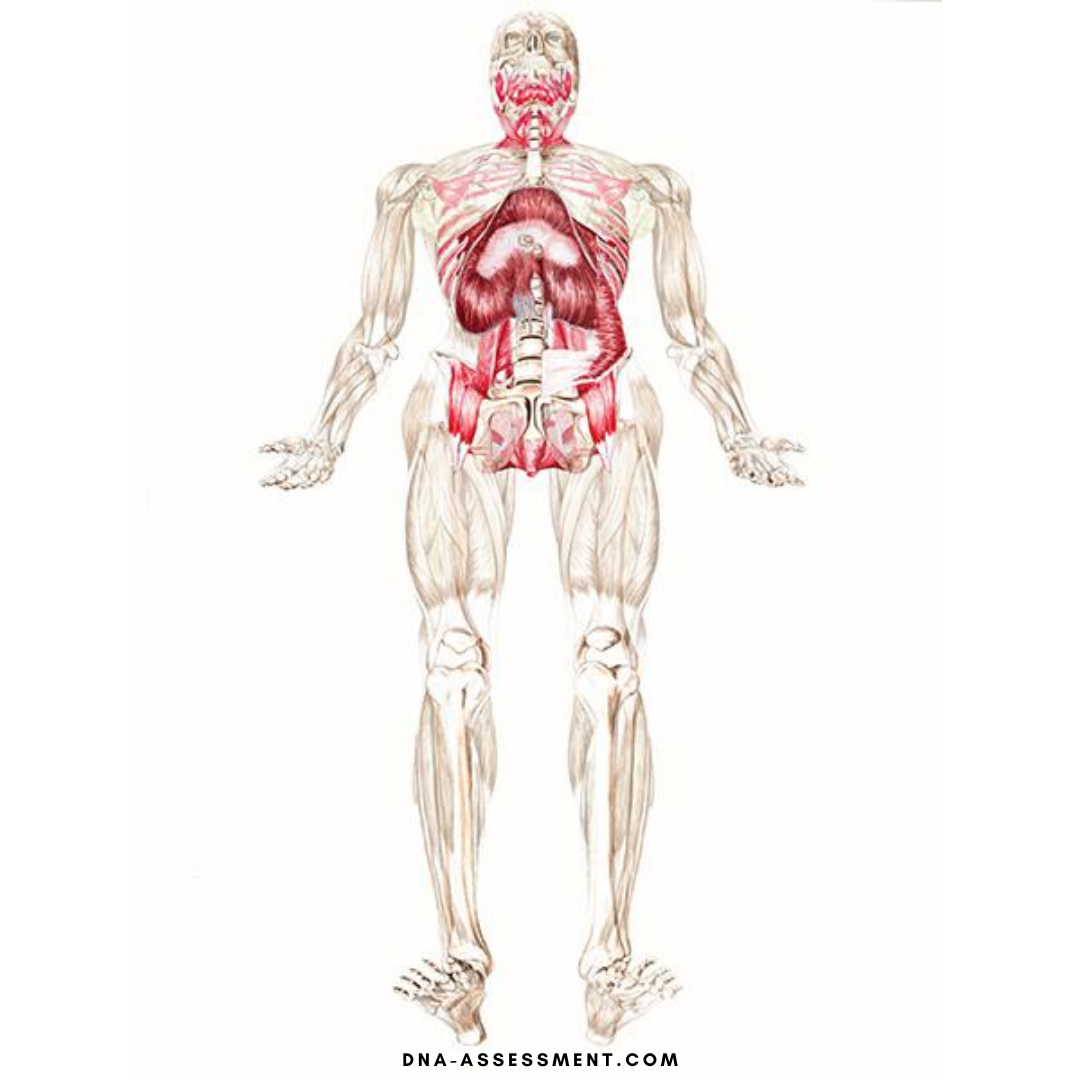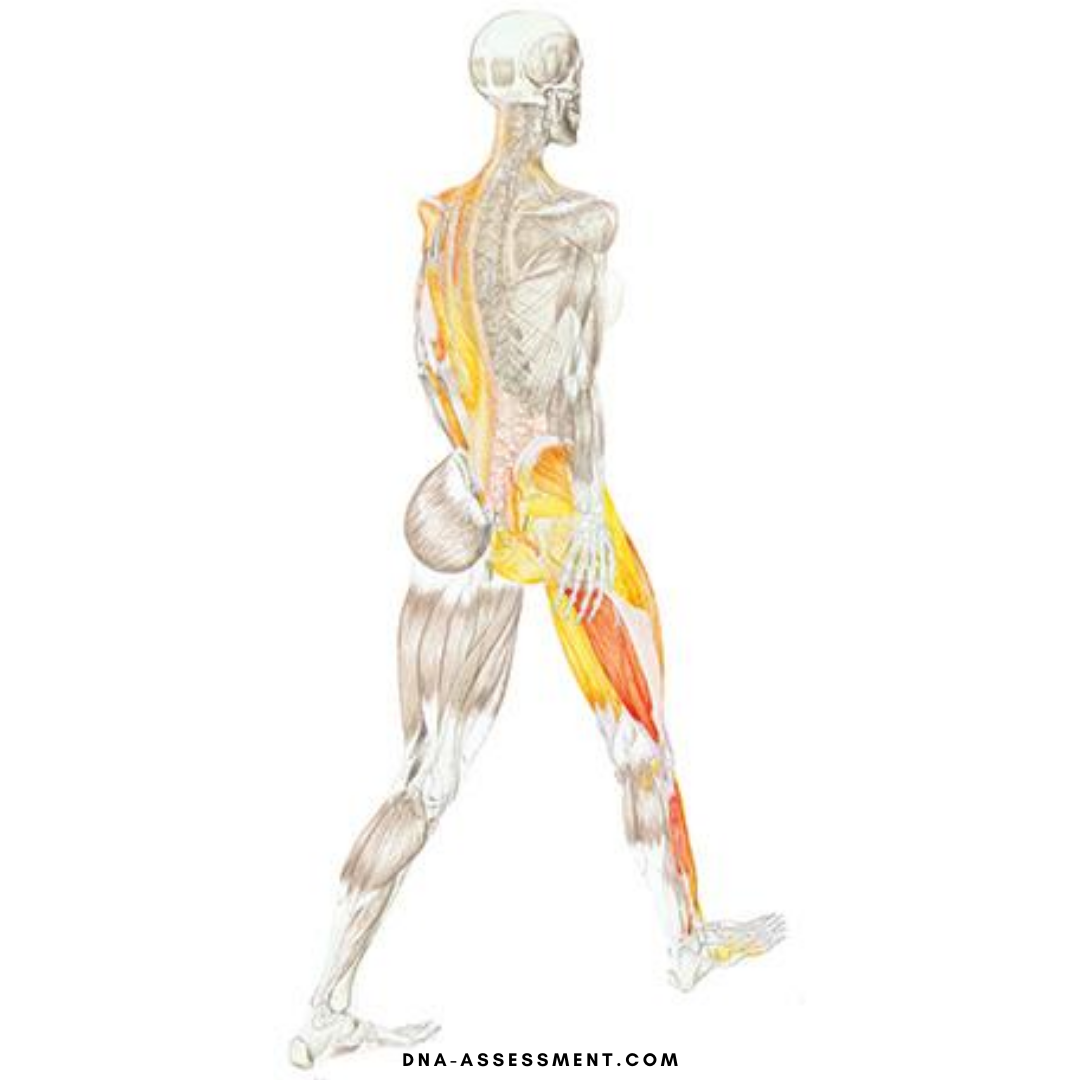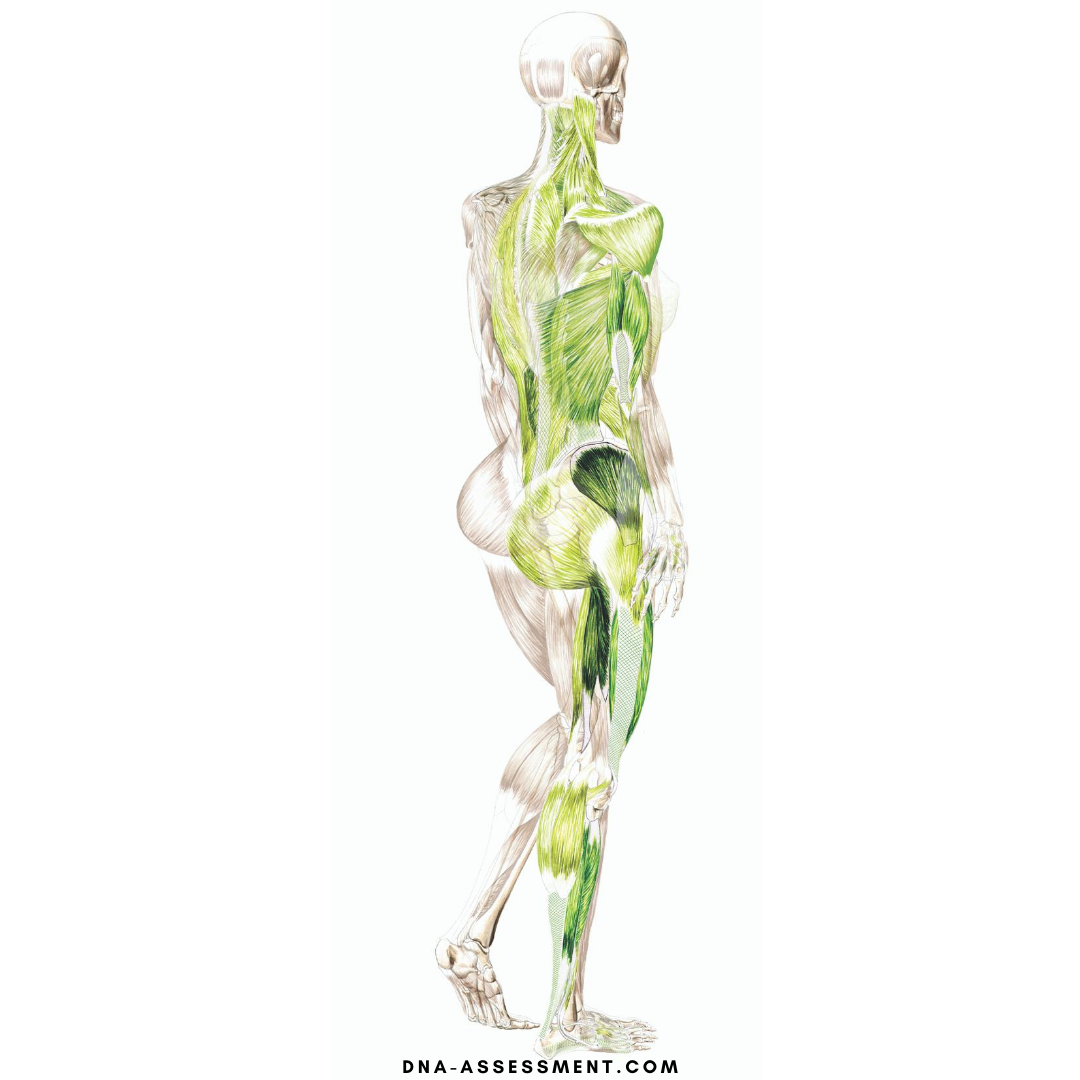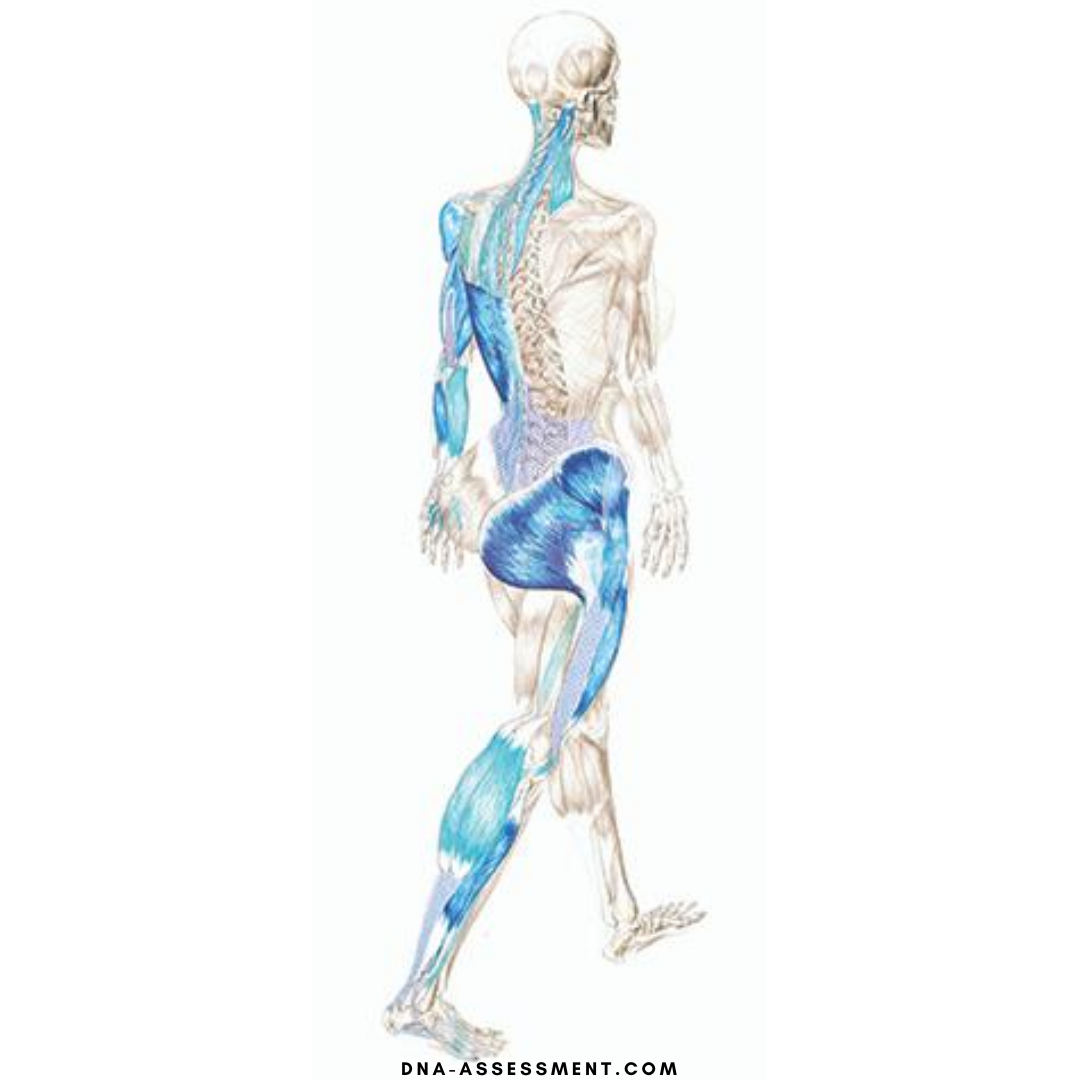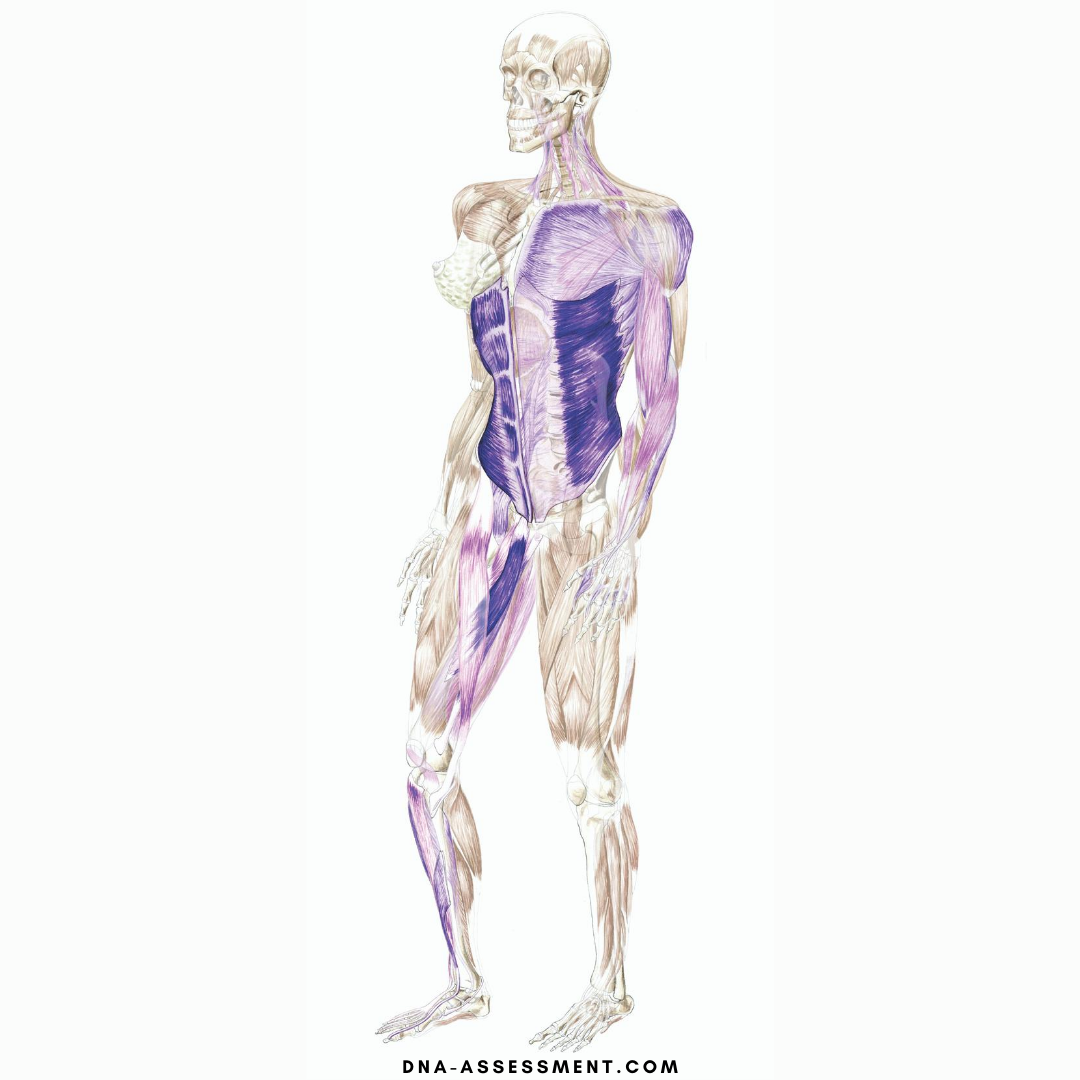Treatment & Training Philosophy
Integrated Strength Training is a comprehensive system of movement re-education and training geared towards restoring your movement capacity and physical autonomy, reconnecting your mind and body through a healthy and sustainable movement practice, and building functional strength to recapture the ability to use your body in any capacity you wish. My multidisciplinary style of assessing, restoring, and teaching movement continues to evolve. To get a better idea of the guiding principles I utilize when it comes to helping clients with movement, rehab, and performance, read more below.
Combining Integrated Therapy & Movement
(with a Trauma-Informed Approach)
Many clients come to me to get stronger, lose weight, improve mobility, and to generally improve their quality of life through fitness and proper body maintenance. Many clients also come to me to help them heal and overcome chronic pain. I have a unique approach when it comes to facilitating this process for clients. It can often go deeper than just tissues and biomechanics; it sometimes requires a trauma-informed perspective.
When a client comes into my office to resolve pain, our focus is on finding the source. At a basic level, this can be tissue-related, biomechanical, and/or musculoskeletal. Looking more deeply, we might start to appreciate the nervous system’s role in movement, electrical signaling and nerve impulses, motor patterns, and compensation strategies. Most of the time, combining targeted tissue work, nervous system reeducation, and intelligent movement-based rehab will help us to resolve most issues (barring needing surgical intervention, internal health, or medical issues).
However…
Sometimes, and particularly when dealing with chronic pain, we often need to go even deeper to find the source - emotional stressors, unresolved trauma, and limiting belief systems. In my experience, these things are present 9 out of 10 times when pain is chronic in nature. Pain is multifactorial and complex. Pain is your body’s way of getting your attention. It is a call for change. My role in your healing journey is to simply facilitate your healing process in the way your body’s natural innate intelligence is asking for and that is within my scope.
Many times, simple exercises or receiving bodywork can create emotional responses stemming from the body. By both holding space when and as necessary, and mapping out the framework of the nervous system’s and physical body’s compensation strategies and applying the most appropriate and effective interventions, we provide the body and the nervous system with an opportunity to heal, reintegrate, and become more resilient. Throughout this process, safe embodiment and movement are the foundation. (In this deeper process of healing your body, it is important to work with other qualified mental health professional(s) as well - many things can come up).
Primarily utilizing principles and techniques based in applied kinesiology, hands-on manual therapy techniques, and an amalgamation of movement modalities, we are able to assess how both your nervous system (software - neurology, reflexes, energy, muscular facilitation/inhibition, limbic brain responses) and physical structure (hardware - joints, bones, muscles, ligaments, fascia) are responding to various forms of stress, use the appropriate interventions, and facilitate the body’s healing process.
Conditions Treated
The most common conditions are typically lower back pain, knee pain, and shoulder pain. However, I treat many conditions quite successfully. Below is just some of the issues I can help you with:
Generalized Pain (all parts of the body)
Arthritis
Muscle Strains
Ligament Sprains
Joint Immobility
Hypermobility / HSD / EDS
Nerve Entrapments
Headaches / Migraines
TBI / Concussions
Psycho-somatic / Limbic / Emotional Causes of Pain
Lower Back Pain (acute and chronic)
Disc Herniations
Spondylosis
Spondylolisthesis
Sacro-Iliac Joint Pain (SIJ)
Pelvic Floor Issues
Total Hip Replacement Rehab
Torn Hip Labrum
Hip Impingement
Knee Pain
Patellar Tendonitis
Quadriceps Tendonitis
ACL Tears
Total Knee Replacement Rehab
Shin Splints
Ankle Sprains
Plantar Fasciitis
Shoulder Pain
Shoulder Impingment
Shoulder Dislocations
Golfers Elbow
Tennis Elbow
Dequervain’s Syndrome
Carpal Tunnel Syndrome
And many others! If you’re not sure if you think I can help, please feel free to shoot me a message! 'I’d be happy to chat to see if I can help you or not, or to at least steer you in the right direction to someone who might be able to help.
What Does Working with Me Look Like?
To make the breakdown simple, let’s go through each common goal, and what that process would look like for each. Many goals are overlapping in nature. For example, if you want to lose weight, exercise is a part of that process. If you have lingering pain issues, that may largely inhibit your ability to exercise effectively or safely, so we may also make resolving your pain part of the process. As well, there are largely some mental roadblocks and self-sabotaging behaviors to be aware of and learn to manage or change. Whatever you are you looking for help with, here’s how I go about it.
Weight Loss / Body Transformation
We start with an initial consultation, intake, and planning. We get to know each other, figure out if we’re a good fit, and decide on a plan of how work together to help you hit your goal.
We go through an initial evaluation, mostly focused on a movement assessment. This allows me to get all the information I need to properly create an exercise program for you.
I create a customized training program that focuses on restoring your movement, building functional strength, and teaching your body to self-regulate and heal, and ultimately hit your goal.
Based on the schedule we set up, we train together and you train on your own. Building self-efficacy is important for long-term success.
I continue to coach you and provide you support as needed throughout the process of transforming your body. Making change is hard, especially when it comes to changing ourselves. Having the right support system can make all the difference in whether or not your succeed in hitting your goals.
The nature of personal training is ongoing, and so inclusive packages are the way to go. I offer several package options.
Pain Resolution
Our first session is mostly an initial consultation, physical evaluation, and some integrated therapy and movement to address the primary complaint. Clients often get immediate changes in symptoms in our first session together. How many more sessions are needed are decided based on our initial session and how you respond to treatment.
It is important to me that the clients I work with take charge with their healing process. I’m a resource for you. I have a lot of expertise, insights, and tools to help you successfully heal. But ultimately if, how, and to what extent you heal is largely dependent on you. If you commit to showing up for yourself and doing what is needed to heal, you are much more likely to succeed than if you do not play an active role in the process.
I combine muscle testing, manual tissue therapy, energy work, cranio-sacral therapy, and movement to facilitate healing for clients. This integrated approach yields the best results most of the time, no matter the issue.
If for some reason I cannot help you resolve your symptoms, we will still have learned a lot about the nature of your pain, why you are experiencing it, and what the next steps are in your healing process, whether I am involved or not. My primary focus is on helping you heal. I have no ego involved in your healing journey. Your needs are the priority.
Your issue might resolve in one session, or it might takes several months. You’re welcome to work with however you like. Sessions are offered as single sessions, and in packages.
Sports Performance Enhancement
The number one detriment to an athlete is pain; if it is present in the body, performance will suffer significantly. Pain can come from a variety of sources: Repetitive stress or injury, acute strains, faulty movement patterns, poor tissue quality, joint disorders, or even very old physical and emotional traumas. My style of therapy helps to vet out these sources of pain and compensation and fix them.
Athletes require expert testing and assessment to pinpoint where performance is breaking down and make corrections to ensure the body is adapting well to the stress of training, practicing, and competing. This is usually an ongoing process, in off-season training as well as in-season competition.
Athletes need intelligent and effective strength and conditioning programming that is in alignment with the needs and limitations of their body, the demands of their sport, and the weaknesses that need to be addressed to maximize performance. I create programs that address weaknesses, joint health, mobility, strength, flexibility, and power.
Athletes can struggle with the highly stressful demands of competition, and the toll it can take on their mental health. The limbic brain is largely in charge of emotional processing attaching meaning and narratives to experiences, and the physical body can be directly impacted by emotional stress, including impaired muscular function, multitasking issues, and proper integration of the mind-body. My techniques allow us to vet out the emotional sources of impaired muscular function.
Techniques
DNA (Dynamic Neuromuscular Assessment™)
Assessing movement goes far beyond active joint range of motion or a breakdown of your overhead squat. Effective therapeutic intervention largely depends on an assessment process that thoroughly maps out how the physical body, nervous system, and mind are all contributing to symptoms. There are very few techniques that have an appreciation for how each of these things all contribute to our experiences of pain and difficulty with movement. Dynamic Neuromuscular Assessment uses a unique style of manual muscle testing and movement to find the source of the symptoms, whether those are relating to physical structure, internal physiology, or the limbic brain (emotions). For many clients, particularly for chronic pain cases, all of these factors are contributing to their pain.
Ultimately, we are assessing how the nervous system and body are responding to stress. Stress comes in many forms, such as the physical stress of intense exercise or the emotional stress of a break up. When the body does not have the resources to manage the stress appropriately, diminished function and compensation are often the result. Compensation strategies are the body’s way of attempting to manage the stress. Sometimes these compensation strategies are helpful temporarily (an example would be muscles becoming hypertonic during a long-distance run to help protect the joints) and can be transient in nature. However, most of the time these compensation strategies become ingrained patterns the nervous system relies on to keep things ticking along. If left unaddressed, the muscles, connective tissues, and joints all become stiffer, weaker, and more susceptible to injury, and pain also often accompanies unsustainable compensation strategies.
DNA assessment provides the tools to trace the symptoms (tightness, weakness, pain) to the direct source. It provides a framework to map out how and why the body is compensating, and allows us to intervene with the most optimal treatment approach.
P-DTR (Proprioceptive-Deep Tendon Reflex®)
Proprioceptive-Deep Tendon Reflex (P-DTR)® is a product of the original thought and investigations of orthopedic surgeon Dr. José Palomar. This work recognizes that sensory receptors (such as those for touch, pressure, hot, cold, pain, etc.), and the way the body processes the information from these receptors, is paramount in determining neuromuscular responses throughout the entire body.
Motor function is not just determined by the motor system, but rather is modified by the inputs from these receptors. These receptors all send information to the brain for processing and the brain takes this feedback into account when making decisions regarding our movement. If this information is incorrect, as is often the case, the brain is making decisions based on bad information. The result is typically pain and dysfunction. Using a comprehensive system of manual muscle testing and neural challenges, involved receptors can be located and normal, pain-free function can be quickly restored.
Most forms of therapy rely exclusively on addressing the “hardware” of the body, neglecting the fact that much of the pain and dysfunction we experience is often actually a problem with our “software”. To use an analogy, if your computer has a software bug, changing the monitor or keyboard will not solve the problem. P-DTR® works by effectively identifying, isolating, and eliminating those bugs. The work is rapid, tremendously effective and unlike anything you’ve ever experienced.
ART (Active Release Techniques®)
Active Release Techniques® (ART) is a revolutionary form of soft-tissue therapy that assists in treating pain related to nerves, ligaments, muscles, tendons, and fascia. It was designed to quickly and effectively treat a multitude of conditions resulting from the over-use of muscles such as: plantar fasciitis, shoulder pain, back pain, shin splints, sciatica, tennis elbow, runner’s knee, muscle strains, headaches, TMJ pain, thoracic outlet syndrome, tendinitis, and much more.
Muscles changed over time from these three primary contributing factors:
Pulls, tears, heavy impacts all contribute to acute conditions.
Small tears, or micro-trauma, that accumulate over time and repeated use.
Lack of oxygen reaching the muscles.
When these factors come together, your body responds by developing dense scar tissue to protect the muscles, tendons, and ligaments. While this scar tissue was intended by your body to be protective, it actually can cause problems; it locks down the tissues and restricts their movement causing pain and limited range of motion. Muscles become weaker and shorter. Tendons experience greater tension and develop tendinitis (inflammation). Nerves become entrapped, often causing numbness and tingling. Motion is reduced significantly, strength deteriorates, and pain becomes chronic. Many athletes try to push through this pain, but that can often make the issues worse and lead to longer recovery times.
Each of our Active Release Techniques sessions combines thorough examination and comprehensive treatment. The ART practitioner will use his/her hands to assess the state of muscles, ligaments, fascia, and tendons. Any imbalances or abnormalities in regards to lack of motion or presence of scar tissue will be noted, and treatment on those groups may occur on the spot or, if it’s necessary, your practitioner will outline an ongoing therapy program to address this issue safely and effectively.
We understand that no two patients are the same. ART is NOT a cookie-cutter treatment. We employ over five-hundred unique moves (specific to ART) to benefit the patient in as little time as possible. Remember, it is not our goal to bring you back repeatedly for treatments – we want you to be pain-free and out the door as little as one visit if possible!
Your practitioner is there to answer any questions or concerns you have throughout the entire process. We want you to understand how your body responds to injury or over-use, not only to help you understand why we are using certain treatment techniques, but also to help you prevent future injuries and imbalances.
Whole-Body Integration Through Movement
5 Primary Kinetic Chains
Training should reflect human anatomy and how we are designed to move and function. Biomechanically, we can accomplish this through the integration of the 5 principle actions that are specific to each of the 5 primary kinetic chains. While there are many ways to compartmentalize and assess the body, these kinetic chains are primarily based on gait, and provide a very helpful tool in the process of assessing movement. The functional integration of each of these primary kinetic chains will ensure your body is working efficiently and has the capacity to explore a variety of movement practices. By optimizing efficiency in fundamental movement patterns, we are able to proactively address most pain, mobility, motor control, and strength deficit issues.
Intrinsic Kinetic Chain - Breathing
All movement starts with breath. The body will always prioritize breathing over any other movement, as it is absolutely essential to our survival. Due to this, our body will adapt various postures in order to try and facilitate easier breathing (even at the expense of “good” posture), or limiting our mobility in specific areas of the body. It is very common for the intrinsic core to be connected to our limbic system, which is directly tied to trauma, emotional processing, and the meaning we attach to life experiences. This will often disconnect us and create compensation of our breathing apparatus, thus affecting movement globally. Reconnecting to our breath by addressing tissue restriction and stuck joints, moving trapped emotional energy, clearing compensations related to traumatic memories, balancing our parasympathetic and sympathetic nervous system, and also relearning the basics of efficient breathing and how to breath properly is the first step in restoring our movement capacity. If you can’t breath well, you probably can’t move well. Doing breathing in various positions can help unlock tight joints and muscles and restore basic core function.
Deep Longitudinal Kinetic Chain - Shock Absorption & Joint Loading
Once our connection to efficient breathing is restored, our next step is to ensure that our joints have the capacity to load, absorb shock, and to efficiently transfer kinetic energy through the body. Often times, our joints become immobile, stiff, and painful as a result of inefficient energy transfer - the tissues take a beating. We want to make sure that each joint has the capacity to bear load efficiently, and move through its normal range of motion. The structural integrity of joints is largely dependent on efficient loading and regularly moving in various ranges of motion. Muscle issues often originate from joints lacking functional loading capacity. Joints act, muscles react. Mobility, joint loading and low-level plyometrics are helpful here.
Lateral Kinetic Chain - Axial Stability
This is where dynamic stability and our ability to transition between different positions plays a role. We need to have stability through the axial skeleton (spine, ribcage, pelvis) in order to have functionally strong limbs. Our ability to express strength and power through athletic movements depends on having a stable platform to work off of. I’ve heard it expressed, “You can’t shoot a cannon out of a canoe!” A stable foundation is vital for producing force, and efficiently integrating the upper and lower body, as well as the left and right sides of the body. Balancing, shifting, rotational, and single-limb-focused movements help improve axial stability.
Posterior Spiral Kinetic Chain - Storing Kinetic Energy
Together, the first 3 kinetic chains form what we call the “dynamic platform.” It creates a stable foundation for movement. The posterior spiral chain works to store [elastic/rotational/kinetic] energy. Think of it as the coiling of a spring/winding up/pulling back a slingshot. This stored elastic energy through the muscles and connective tissues creates the potential for strength and explosive power. The human body primarily moves in spirals and rotation. Think of movements like rolling, crawling, walking, running, climbing, pulling, rowing, etc. Eccentric-focused (“wind-up/joint-loading”) movements can also help to improve this quality.
Anterior Spiral Kinetic Chain - Releasing Kinetic Energy
The anterior spiral kinetic chain redirects the elastic energy stored in the posterior kinetic chain. In terms of actions, think throwing, striking, reaching, etc. Most of the movements we like to do in the gym or as athletes are a culmination of efficient breathing, joint loading capacity, axial stability, and the storing and releasing of kinetic energy. These kinetic chains provide a helpful framework for deconstructing movements into chains, which then allows us to more easily vet out the weak links in the chain, and reintegrate movement. Understanding how the anatomy and function in each chain builds upon the next helps create a practical and effective logical progression of movement. This applies to both rehab and performance training.

